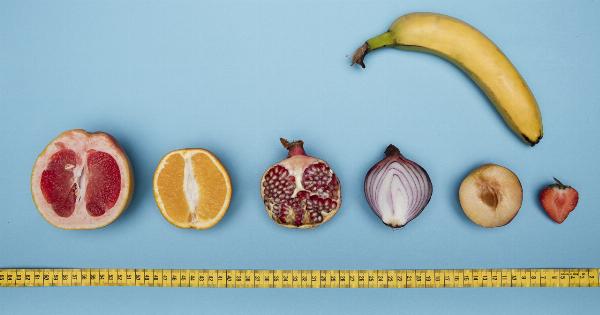When it comes to human sexuality, there are countless aspects that continue to intrigue and mystify us.
One such enigma is the existence of the elusive “Point G,” a small area inside the vagina that is believed to be the key to mind-blowing female orgasms. While sexual satisfaction and pleasure are highly subjective experiences, scientists have been fascinated by the concept of the Point G for years, attempting to uncover its secrets and understand its role in female sexual pleasure and orgasm.
The Elusive Nature of the Point G
The mystery surrounding the Point G lies in its apparent inaccessibility.
Unlike the clitoris, which is located outside the vagina and is easily stimulated for pleasure, the Point G is a spot inside the vaginal canal that requires specific techniques to be effectively stimulated. This has led to debates among scientists and sexual health experts about its existence and significance.
Historical Background
The concept of the Point G was first introduced by Dr. Ernst Gräfenberg, a German gynecologist, in the 1950s.
In his research, he suggested that there was a sensitive area inside the vagina that, when stimulated, could result in intense sexual pleasure and even female ejaculation. Dr. Gräfenberg named this area after himself, and thus, the “Gräfenberg Spot” or the “Point G” was born.
Scientific Studies and Findings
Since Dr. Gräfenberg’s initial proposal, numerous studies have been conducted to unravel the secrets of the Point G. However, the findings have been inconsistent, leading to ongoing debates and controversy in the scientific community.
Different Perspectives and Measurements
One of the primary challenges researchers face in studying the Point G is the lack of agreement on its location and size.
Some researchers argue that the Point G is a distinct anatomical structure, similar to the prostate gland in males, while others believe it to be an extension or an erogenous zone within the clitoral complex. Different studies have suggested different measurements and locations, further complicating the understanding and exploration of this mysterious erogenous zone.
Stimulation Techniques
To better understand and explore the Point G, researchers have focused on identifying effective stimulation techniques.
Some claim that a “come-hither” motion, applying pressure against the front wall of the vagina, is the key to stimulating the Point G. Others suggest using sex toys specifically designed to target this area or experimenting with different positions during sexual activity.
However, it is important to note that not all women experience pleasure from Point G stimulation, emphasizing the vast variations in individual sexual responses.
Is the Point G the Key to Ultimate Pleasure?
The question of whether the Point G truly holds the key to ultimate female pleasure remains unanswered.
While some women report experiencing intense sensations and mind-blowing orgasms through Point G stimulation, others may find it less pleasurable or have difficulty locating the area altogether. It is crucial to recognize and respect the unique experiences and preferences of individuals when exploring the realms of pleasure and sexual satisfaction.
Embracing Sexual Exploration
Regardless of debates and controversies, the concept of the Point G highlights the importance of sexual exploration and open communication in achieving sexual pleasure.
Every individual has different erogenous zones and preferences, and embracing experimentation within a consensual and respectful context can provide opportunities for discovering new levels of satisfaction.
Empowering Female Sexuality
The discussion surrounding the Point G extends beyond scientific curiosities. It also plays a vital role in empowering women to explore and understand the intricacies of their own sexual desires.
Encouraging open conversations about female pleasure, erogenous zones, and diverse sexual experiences can help break down societal taboos and contribute to a healthier and more inclusive understanding of sexuality.
Conclusion
The Point G continues to ignite interest and curiosity among scientists and individuals alike.
While its existence and characteristics may still be subject to debate, the pursuit of knowledge and the power of exploration remain essential in embracing and celebrating the diverse world of human sexuality.



























